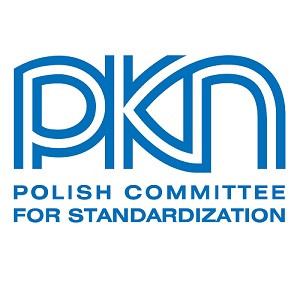This document defines the methodology for measuring under standard and reproducible conditions the dustiness of materials containing or releasing respirable nano-objects, their aggregates and NOAA agglomerates or other respirable particles by the method using a continuous charging device. This document defines the selection of instruments and devices as well as the procedure for calculating and presenting the results. It also provides guidelines for the evaluation and reporting of data. The methodology described in this document enables a) measurement of the dustiness mass index for the respirable and respirable fraction, b) measurement of the numerical dustiness index of particles in the size range from about 10 nm to about 1 μm, c) measurement of the numerical emission factor for particles in the size range from about 10 nm to 1 μm, d) measuring the dimensional distribution of the released particles in the size range from about 10 nm to about 10 µm, e) collecting the released respirable fraction particles for further observation and analysis by electron microscopy. This document is applicable to a wide range of bulk materials, including powders, granules or pellets containing or releasing respirable nano-objects, NOAA aggregates and agglomerates or other respirable particles in unbound, bound, uncoated and coated form. NOTE 1 Currently no dust classification system has been established for the dustiness index or the emission factor. The ultimate intention is to amend this document and introduce a dust classification system, as soon as a sufficiently large amount of measurement data is obtained. NOTE 2 The methods outlined in this document have not been evaluated for nanofibers and nanoplates.



